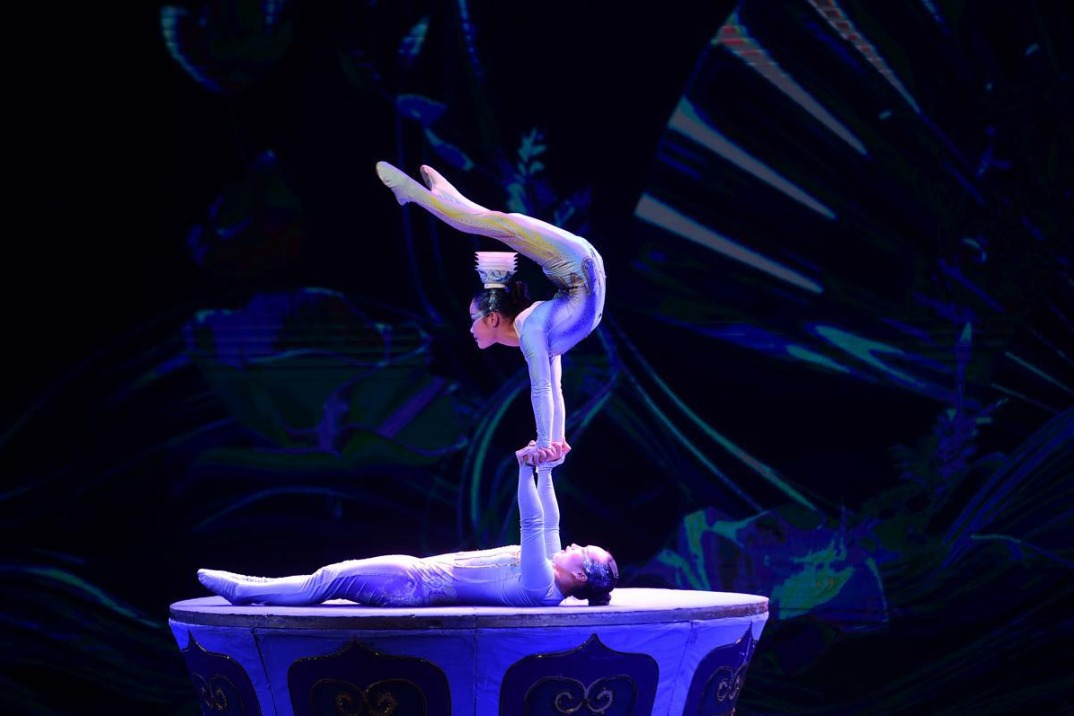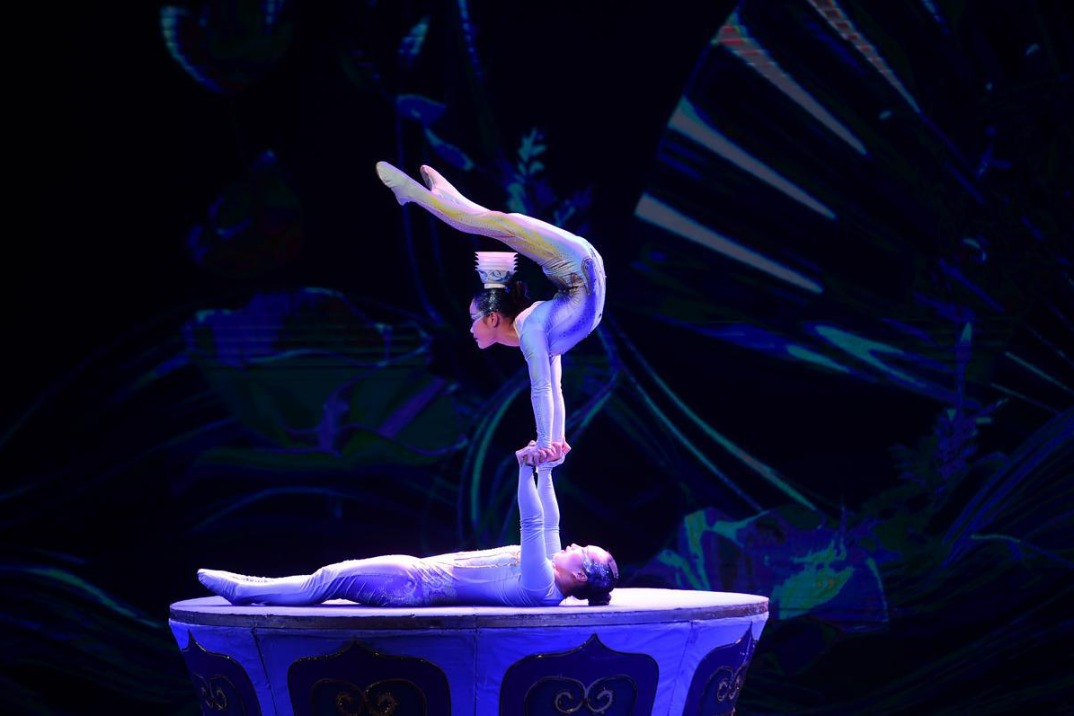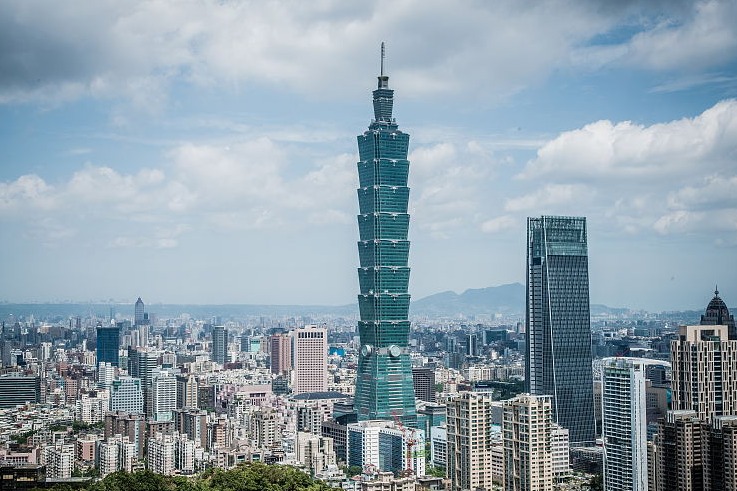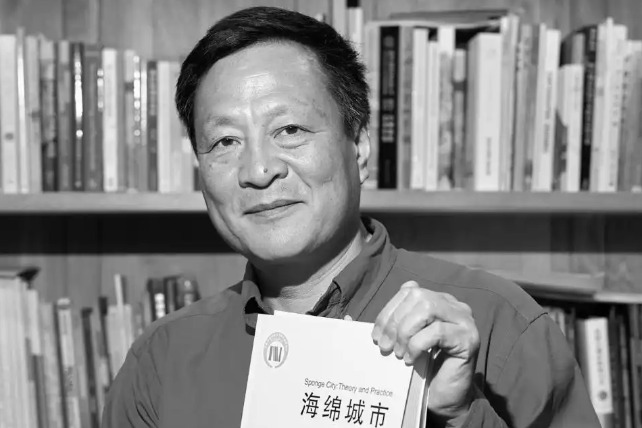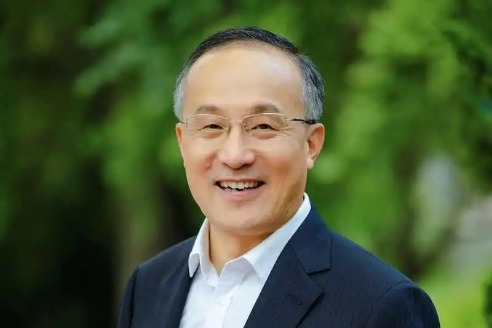Political advisory body ringing out as people's voice
CPPCC refines role, looks to help advance nation's modernization drive





Timeline of CPPCC's growth
1948
The Communist Party of China Central Committee proposes convening a new political consultative conference to set up a government. The call immediately gets a positive response from various democratic parties, people's organizations, nonaffiliated democrats and overseas Chinese. All later participate in the preparation of the new political consultative conference.
1949
The first plenary session of the Chinese People's Political Consultative Conference is held from Sept 21 to 30 in Beijing. Representatives decide the location of the capital city, the national flag, the national anthem, and the calendar to be used by the People's Republic of China. They also elect the administrative council members of the Central People's Government of the PRC.
1956
Chairman Mao Zedong writes the principle of "long-term coexistence and mutual supervision" to define the relationship between the CPC and the country's non-CPC parties.
1983
All-China Federation of Taiwan Compatriots was added as a participating group and a group was also launched for compatriots from Hong Kong and Macao.
1991
The China Association for Science and Technology, an organization of scientists and engineers, is reintroduced as a constituent group of the CPPCC as the country promotes the development of science and technology.
1993
An economics group is set up within the CPPCC National Committee as the country looks to strengthen its focus on development.
2023
A new group is launched to focus on the environment and natural resources as China gears up efforts to build a green nation.
- Couples celebrate traditional Chinese group wedding in Shandong
- China takes to road on first day of national holiday
- China deploys patrols on water, in air around Huangyan Island
- Macao SAR celebrates National Day with flag-raising, reception
- China to expand its participatory law-making process
- World's largest-capacity centrifuge goes into operation in Hangzhou














